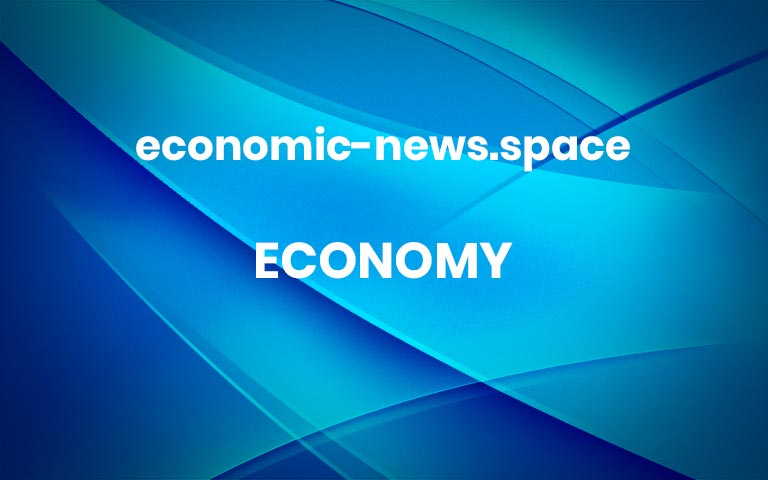
Boeing and Workers Dig In for a Long Fight, Despite Strike’s Cost
Nearly a month into a union walkout, the aerospace giant withdrew its latest contract offer, and the two sides exchanged blame over the breakdown.Boeing and its largest union appear to be digging in for a long fight — even as some striking workers start to look for temporary jobs and the company risks having its credit rating downgraded to junk status.Nearly a month into the strike, negotiations between Boeing and the union resumed this week under federal mediation after a long break. But they collapsed on Tuesday with the company withdrawing its latest offer. The two sides traded blame for the breakdown.In a message to employees, Stephanie Pope, the chief executive of Boeing’s commercial airplane unit, said the union had made “demands far in excess of what can be accepted if we are to remain competitive as a business.”The union accused Boeing of being “hellbent” on sticking to the offer that labor leaders had previously rejected for being insufficient to garner the support of most of its more than 33,000 members.A long strike is the last thing Boeing needs. The company, which hasn’t reported a full-year profit since 2018, is now losing tens of millions of dollars more every day that striking workers are not building planes. Boeing is also trying to persuade regulators to let it produce more 737 Max jets, its best-selling plane. And on Tuesday, S&P Global Ratings said it was considering lowering the company’s credit rating, which sits just above junk status, depending on the strike’s length.The walkout, which began on Sept. 13, is also difficult for workers, many of whom are living off savings and have had to find health coverage after Boeing dropped them from its plan this month.Do you work with Boeing?We want to hear from people who have experience working at or with Boeing to better understand what we should be covering. We may use your contact information to follow up with you. We will not publish any part of your submission without your permission. If you have information that you want to share with The New York Times using tools that can help protect your anonymity, visit: https://www.nytimes.com/tips.
We are having trouble retrieving the article content.Please enable JavaScript in your browser settings.Thank you for your patience while we verify access. If you are in Reader mode please exit and log into your Times account, or subscribe for all of The Times.Thank you for your patience while we verify access.Already a subscriber? Log in.Want all of The Times? Subscribe. More

